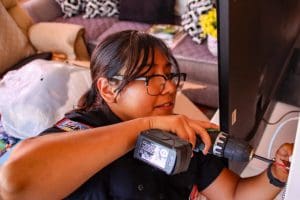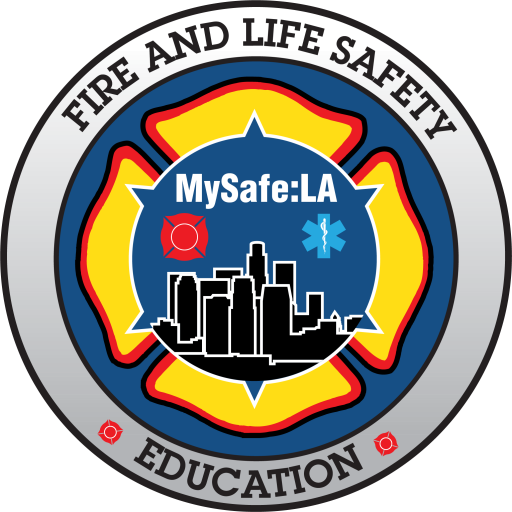The Line Fire in San Bernardino County expanded rapidly overnight, underscoring California’s unpredictable and perilous nature of wildfires. Fueled by arid conditions, strong winds, and highly flammable vegetation, the fire spread swiftly, outpacing initial containment efforts.
Wildfires like these can engulf thousands of acres within mere hours, driven by the region’s notorious Santa Ana winds or other high-wind events that propel the fire into new territories and complicate suppression efforts. Nocturnal hours diminish visibility and hazardous conditions, further impeding firefighters and allowing fires to advance unchecked. This abrupt escalation in fire activity can precipitate widespread evacuations, road closures, and damage to residences and infrastructure within hours.
As of September 8, 2024, the Line Fire in San Bernardino County remains highly active, having grown to over 17,400 acres. The fire is currently at 0% containment, with over 35,000 structures at risk, including residential and commercial buildings. Intense winds, elevated temperatures, and parched vegetation have propelled the fire’s rapid expansion since its inception on September 5.
Firefighting efforts are ongoing, involving 628 personnel, encompassing air and ground resources, striving to contain the blaze. However, erratic weather conditions, including potential thunderstorms, complicate containment efforts. Mandatory evacuations have been issued for several communities, including segments of Running Springs, Arrow Bear Lake, and areas north of Highland Avenue. Road closures encompass portions of Highway 18 and Highway 330.
Governor Gavin Newsom has declared a state of emergency for the region to facilitate firefighting and relief efforts.
The swift expansion of fires like the Line Fire underscores the necessity for evacuation preparedness and prompt response from residents and fire authorities in wildfire-prone areas such as San Bernardino County. The readiness formula “Ready, Set, Go!” is imperative for this type of preparedness.
This “Ready, Set, Go!” approach is particularly vital in California due to the state’s significant wildfire risk, driven by its arid climate, abundant vegetation, and increasing frequency of extreme weather events. This proactive method aids residents in preparing for, responding to, and evacuating from wildfires efficiently:
- Ready: This phase emphasizes preparation before a wildfire’s onset. Residents are encouraged to create defensible space around their dwellings by clearing vegetation, minimizing flammable materials, and ensuring fire-resistant structures. It also involves assembling an emergency supply kit, formulating a family evacuation plan, and remaining informed about local wildfire risks.
- Set: When a wildfire threat looms, this phase advises residents to remain vigilant and ready to evacuate immediately. It includes packing essential items like medications, vital documents, and clothing, as well as monitoring weather and fire updates. Being “set” entails taking proactive measures, such as positioning your vehicle in the driveway facing outward and keeping doors and windows closed to facilitate a smoother evacuation.
- Go: This phase advocates immediate evacuation upon authorities issuing a warning. The emphasis is on departing early to avoid entrapment by rapidly advancing fires. “Go” means adhering to evacuation orders promptly, even if the fire appears distant, as wildfires can spread unpredictably.
The “Ready, Set, Go!” system is crucial in California due to the swift and unpredictable spread of wildfires, affording little time for preparation. By adhering to this approach, residents can safeguard their lives and property, alleviating the burden on first responders during an emergency. If you have questions about Ready, Set, Go or how to make your community safer, contact us.








